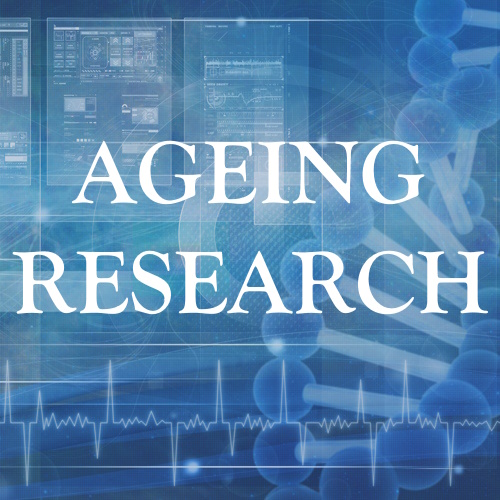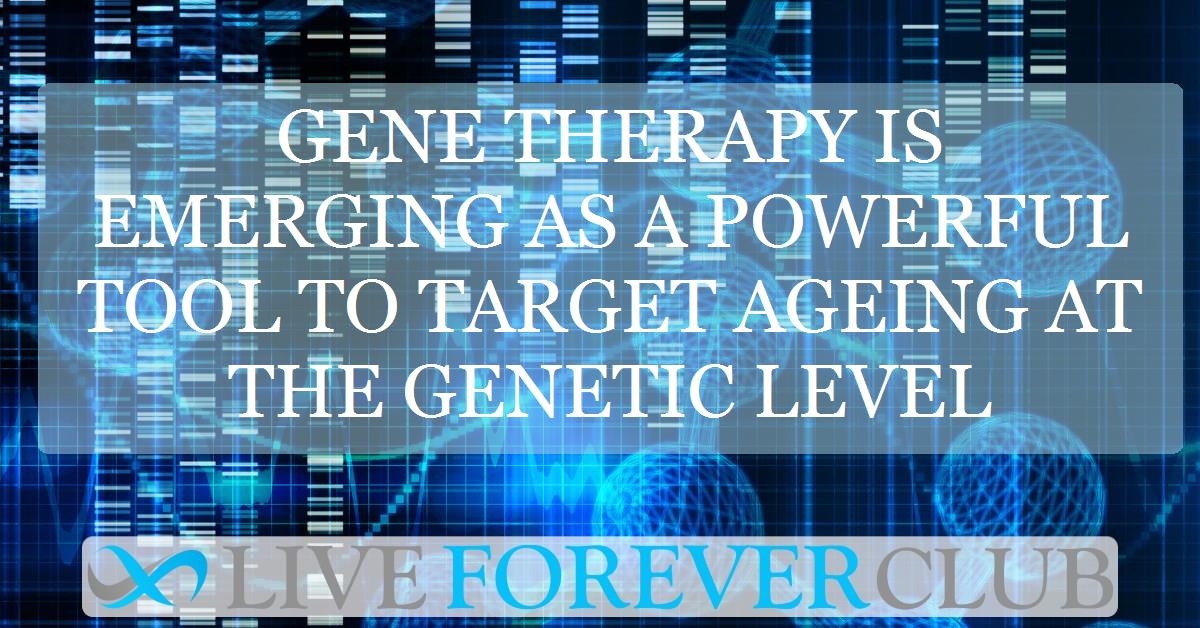Ageing is more than wrinkles or gray hair. At its core, it is a progressive decline in the body’s ability to repair, regenerate, and maintain balance. This decline fuels the onset of chronic illnesses such as cardiovascular disease, diabetes, and neurodegeneration.
Scientists now see ageing not as an unavoidable fate, but as a process that can be targeted, slowed, and potentially reversed. Among the most promising strategies is gene therapy—a frontier offering precise tools to intervene at the molecular roots of ageing.
In this blog, we explore how gene therapy could reshape our understanding of longevity, the science behind it, the challenges it faces, and its potential to transform medicine in the coming decades.
Why Gene Therapy for Ageing?
Traditional anti-ageing strategies—like small-molecule drugs (metformin, nicotinamide riboside, taurine) and lifestyle changes—do show benefits. However, they often work slowly, inconsistently, and with limited precision.
Gene therapy, on the other hand, allows direct modification of ageing regulators at their source. With tools like CRISPR-Cas9, base editing, and prime editing, scientists can correct harmful mutations, regulate gene expression, and even rejuvenate damaged cells.
Coupled with advanced delivery systems like adeno-associated viruses (AAVs), lipid nanoparticles (LNPs), and exosomes, gene therapy holds the potential to address ageing not just at the surface, but at its deepest molecular layers.
Core Strategies of Gene Therapy for Ageing
The paper categorizes gene therapy into four major approaches. Let’s break them down.
1. Genome Editing
Tools such as CRISPR-Cas9 allow researchers to cut, repair, or replace sections of DNA.
Example: Correcting mutations in DNA repair genes can reduce genomic instability, one of the hallmarks of ageing.
Promise: Potentially halting mutation-driven diseases like cancer and dementia.
Challenge: Risk of off-target edits that may trigger harmful mutations.
2. Transcriptional Regulation
Here, researchers use a modified Cas9 (dCas9) fused with activators or repressors to switch genes on or off without altering the DNA permanently.
Benefit: Offers reversible and dynamic gene control.
Application: Adjusting gene activity linked to inflammation or metabolic decline.
3. Gene Replacement and Overexpression
Missing or weak genes are supplemented with functional copies.
Case in point: The FDA-approved therapy Luxturna, which restores vision by replacing a defective RPE65 gene, sets a precedent.
In ageing: Delivering extra copies of TERT, the gene coding for telomerase, helps maintain chromosome stability by extending telomeres.
4. Gene Silencing
Undesirable genes can be turned off using small interfering RNAs (siRNAs) or antisense oligonucleotides (ASOs).
Example: Silencing the Fcgrt receptor reduced harmful IgG accumulation in mice, improving glucose control and slowing ageing symptoms.
The Power of Delivery Systems
Getting the right genetic material into the right cells safely is as important as the genetic change itself. The main delivery strategies include:
AAVs (Adeno-associated viruses): Highly efficient, long-lasting, and already FDA-approved, but limited in cargo size (~5 kb).
Lentiviruses (LV): Can carry larger genes and integrate stably, though they pose higher cancer risk.
Lipid Nanoparticles (LNPs): Versatile and effective, but sometimes cause immune reactions.
Exosomes: Natural vesicles that are low in immunogenicity and can cross the blood-brain barrier—ideal for neurodegenerative ageing diseases.
Physical methods: Electroporation and microneedles show promise for skin and localized therapies.
Gene Therapy Targets in Ageing
1. Stabilizing the Genome and Epigenome
Telomere Extension: Delivering TERT can restore telomeres, improving tissue health. In mice, this reversed hair loss, improved muscle function, and increased lifespan.
DNA Repair Boosting: Genes like YIPF2 enhance DNA repair mechanisms, helping cells avoid premature senescence.
Epigenetic Remodeling: Knockout of KAT7, a gene linked to harmful histone acetylation, rejuvenated liver cells and extended mouse lifespan.
MicroRNAs: Exosomal delivery of miR-302b reversed hair loss and improved memory in aged mice.
2. Maintaining Metabolic Balance
FGF21 Therapy: An AAV-delivered version of FGF21 improved insulin sensitivity, reduced weight gain, and reversed cognitive decline in mice.
Klotho Gene Delivery: Both transmembrane and secreted forms of Klotho proteins alleviated neuroinflammation and bone degeneration.
Combination Therapy: Delivering FGF21, α-Klotho, and sTGFβR2 together improved multiple age-related diseases in mice.
3. Modulating Chronic Inflammation
Targeting NF-κB Pathway: Delivering a mutant version of Nfkbia suppressed chronic inflammation in aged mice, reversing muscle atrophy and extending lifespan.
SIRT5 Delivery: Suppressed pro-inflammatory responses in skeletal muscles.
Fcgrt Silencing: Reduced harmful IgG buildup, improving metabolism and reducing organ inflammation.
4. Rejuvenating Senescent Cells
OSKM Factors (Oct4, Sox2, Klf4, c-Myc): Partial reprogramming restored tissue function, improved skin thickness, and boosted muscle regeneration.
FOXM1 Delivery: Encouraged fibroblast division, improving tissues in progeria models and extending lifespan.
SOX5 Gene Therapy: Activated HMGB2 to delay cartilage senescence without altering cell identity, reducing osteoarthritis progression.
Clinical Translation: Challenges Ahead
Despite exciting breakthroughs, major hurdles remain.
Safety Concerns
Off-target effects and insertional mutagenesis remain risks.
Continuous telomerase activation could raise cancer risk.
Immune Reactions
High vector doses trigger hepatotoxicity or rejection.
Pre-existing antibodies reduce viral vector efficacy.
Organ-Specific Ageing
Different organs age differently; a one-size-fits-all therapy won’t work.
Ethical and Economic Barriers
Ageing isn’t a disease but a natural process, raising ethical questions.
Current gene therapies are expensive; equitable access is a challenge.
The Road Ahead
The first human trials (e.g., AAV-hTERT, NCT04133649) mark the beginning of clinical exploration in ageing-related gene therapy. Early data focuses on safety, but efficacy trials will follow.
Future innovations may combine:
AI-driven diagnostics for personalized therapy.
CRISPR screening platforms to discover new ageing regulators.
Hybrid therapies blending gene therapy, stem cell treatment, and small molecules.
In vivo single-cell screening to identify tissue-specific rejuvenation targets.
If successful, these strategies could create personalized anti-ageing medicine, moving beyond lifespan extension to healthspan optimization.
Conclusion
Gene therapy is no longer science fiction—it’s becoming a practical tool to combat ageing. While challenges remain—especially around safety, delivery, and cost—the momentum is undeniable.
By targeting genomic instability, metabolic dysfunction, chronic inflammation, and cellular senescence, gene therapy opens a new chapter in longevity science.
We stand at the cusp of a medical revolution. The question is not if gene therapy will transform ageing medicine, but when.
The study is published in the journal Cell Insight. It was led by researchers from the Hainan Medical University.







